Last-Minute NYC Holiday Gift Guide 🎁
We’ve created a holiday gift guide with presents for the intrepid New Yorker that should arrive just in time—


Many people today revere members of the Beat Generation for their reckless decision-making, constant exploration, and hunger to disrupt societal rules and conventional writing styles. Other people — not so much. However, it is for these reasons that names such as Jack Kerouac, Neal Cassady, Allen Ginsberg and Lawrence Ferlinghetti are immortalized in history.
As the Beat Generation writers took over the 1950s literary scene with works such as On The Road, Howl and Naked Lunch, they captured the rebels during a decade of conformity and traditional societal roles. Before the writers moved the center of the movement to San Francisco, they took over New York City with their adventures and cemented their feelings about the city in their writing. From a shared alma mater to the scene of a murder to oft-frequented bars, here are some New York City haunts and hangouts of the Beat Generation.
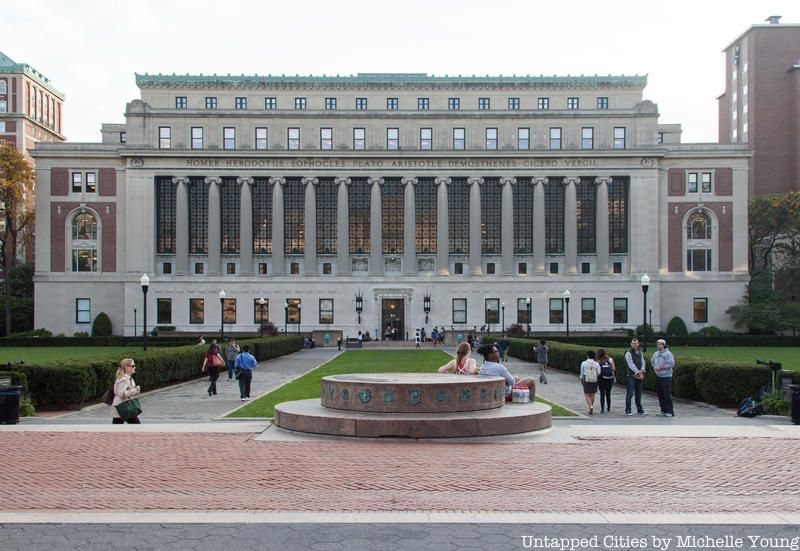
It was within the gates of Columbia University that Jack Kerouac, Allen Ginsberg, Lucien Carr and William S. Burroughs met. These literary luminaries often spent time in each others’ dorm rooms and drank at The West End Bar that shuttered in 2006. Photos that remain of the young Beat Generation writers are often set at Columbia‘s Low Steps by the fountains.
Allen Ginsberg and Jack Kerouac both lived Hartley Hall, a Columbia dorm also inhabited at one time by Langston Hughes and Timothée Chalamet. The university suspended Ginsburg after he wrote an inappropriate phrase on his window to upset the maid he suspected was Antisemitic. Although Ginsberg graduated in 1948, he would return to the University’s mental health facilities after pleading insanity to avoid jail time for a robbery he committed. Kerouac never graduated because he cracked his tibia, ending his football scholarship at the university.
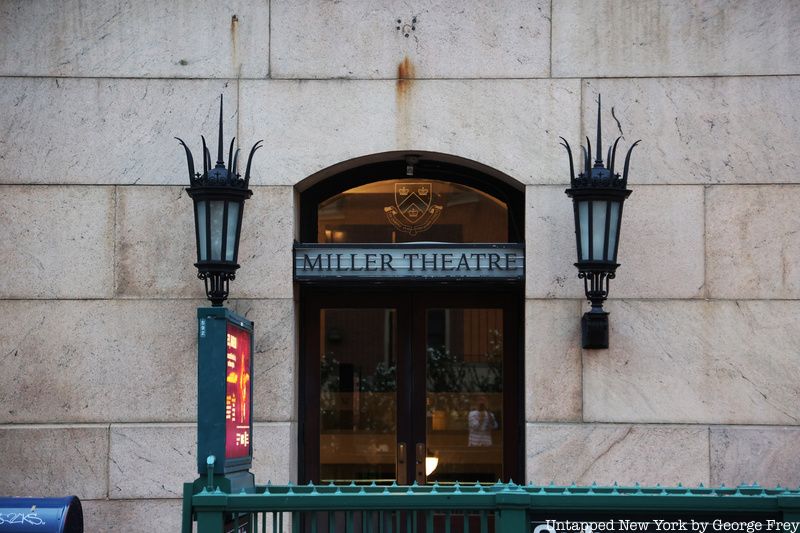
Despite a tenuous relationship with Columbia University, Ginsberg returned to the University to read some of his work. Invited by the John Dewey Society — a society aiming to recognize problems in education and culture — Ginsberg read some of his work to a crowd of 1,400 in Miller Theatre. At the time, this theater was called McMillin Theater. Despite the following Ginsberg had earned throughout the decade since his graduation, few professors attended his reading. Many still despised him for the trouble he caused at the University.
Although Ginsberg read poetry at many locations, his performance at McMillin marked the effects the Beat poets had on their generation. While most professors stayed home, some of their wives attended the performance. Diana Trilling — the wife of Lionel Trilling, one of Ginsberg’s least favorite professors — wrote a piece about the event for the Partisan Review. In the piece, she remarked there was an “unfathomable gap that was all so quickly and meaningfully opening up between the evening that had been and the evening that was now so surely reclaiming me.” Some professors rebuked her for enjoying the performance. Now, Ginsberg’s name, along with the names of other Beat Generation writers, appear on the syllabi of many Columbia University classes. Here, students debate the greatness of the Beat Generation and their effects on the literary world.
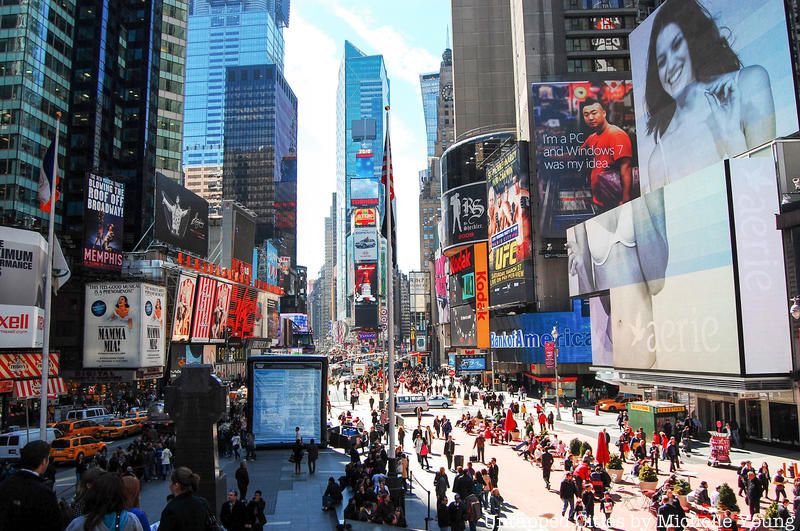
As the eighth most photographed landmark in the world according to Condé Nest Traveller, Times Square is loved and hated by millions. For Kerouac, Times Square was a place of existential reckoning. When writing On The Road — a novel loosely based on his friendship with Neal Cassady — he placed Sal Paradise, the main character, in the middle of the illuminated square.
It seems that all who travel to New York end up in Times Square at some point. Kerouac wrote, “Suddenly I found myself on Times Square. I had traveled eight thousand miles around the American continent and I was back on Times Square; and right in the middle of a rush hour, too, seeing with my innocent road-eyes the absolute madness and fantastic hoorair of New York with its millions and millions hustling forever for a buck among themselves, the mad dream––grabbing, taking, giving, sighing, dying, just so they could be buried in those awful cemetery cities beyond Long Island City. The high towers of the land — the other end of the land, the place where Paper America is born.”
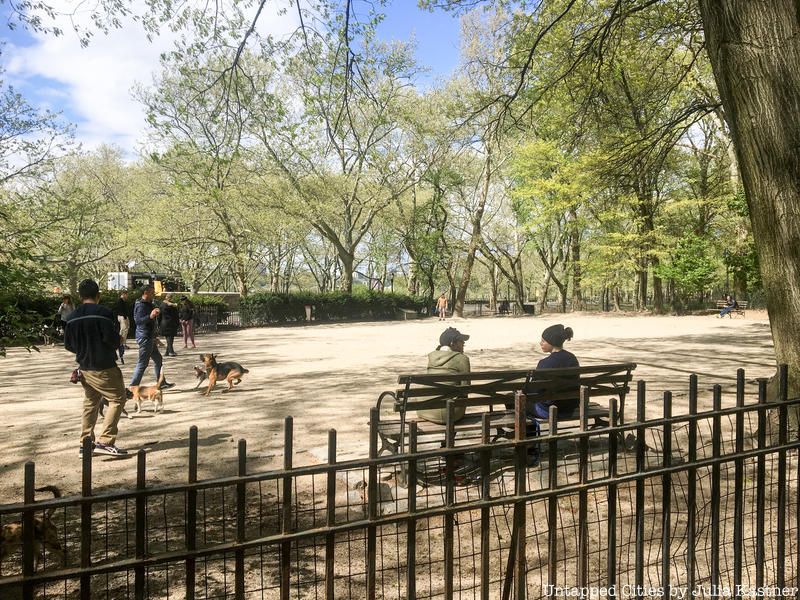
Hex & Co. now sits where The West End Bar once hosted influential authors of the Beat Generation. It was here that Kerouac, Ginsberg, Burroughs and another man named Lucien Carr would often drink into the night. One night, however, would turn Carr into a murderer.
David Kammerer, a man who expressed romantic interest in Carr, took a stroll in Riverside Park after drinking with the Beat Generation writers at the West End. When Kammerer made a move on Carr in the park, infamous for being a gay cruising area, Carr pushed back to reject him. A fight ensued that resulted in Carr using his Boy Scout knife to stab Kammerer twice in the chest. Carr later found Burroughs and Kerouac to dispose of the body at the 125th St. Subway Station. Carr turned himself in to the authorities hours later. His budding literary career was effectively curtailed.
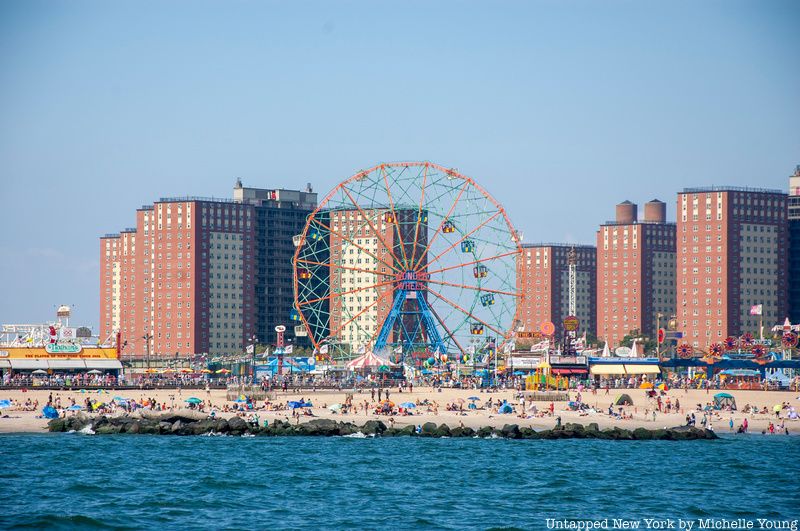
Many remember Coney Island for its various inventions: Nathan’s Famous Hot Dogs invented the first hot dog. Kohr’s Frozen Custard brought the world a delicious treat called frozen custard. LaMarcus Adna Thompson brought the first explicit roller coaster in the world to Coney Island in 1888. However, others remember Coney Island — the epitome of summer — for Lawrence Ferlinghetti’s A Coney Island of the Mind collection of poems.
These poems, created for jazz accompaniment, aimed to express Ferlinghetti’s pessimistic feelings about the world during the 1950s. He said they were a “circus of the soul.” Some of the most famous poems from the collection include “I Am Waiting” and “Junkman’s Obbligato.” At one point, the poet wrote, “I once started out to walk around the world but ended up in Brooklyn.” In another poem, he addressed the namesake destination with the line, “a joker in a straw / putting a stickpin in his peppermint tie / and looking just like he had nowhere to go / but coney island.”
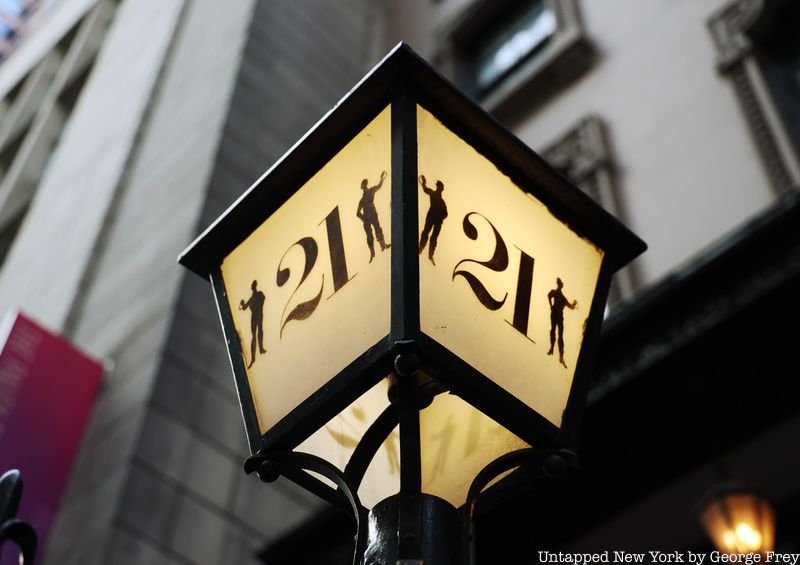
Although not a favorite of the Beat Generation writers, the 21 Club was a spot for more of their shenanigans. This spot in Midtown was the place of employment of Edie Parker — Kerouac’s wife. As she worked as a cigarette girl at the club, Kerouac would often visit her despite having alleged feelings for his other male friends and literary luminaries.
Married to Parker for only two years, Kerouac was a serial groom. His two previous wives were Stella Kerouac and Joan Haverty Kerouac. It was with Joan that he had his only child, Jan. His author’s salary was the only way to provide for his small family, and Kerouac allegedly stole steaks from the 21 Club’s kitchen to feed them.
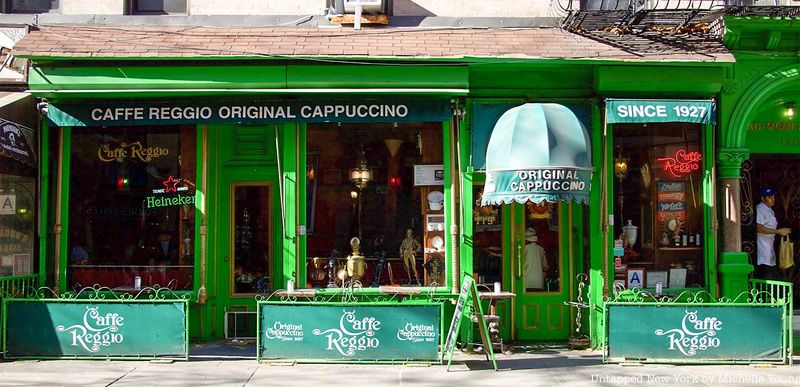
Other than having the alleged oldest espresso machine in New York City, Caffe Reggio is famous for frequently hosting members of the Beat Generation. Since 1927, this popular coffeehouse has sold cappuccinos and Italian pastries to customers of all walks of life. It is the oldest coffeehouse in Greenwich Village.
Kerouac and Gregory Corso often frequented Caffe Reggio and would write at the tables that remain in the store. Perhaps they would enjoy the eatery’s woodwork or school of Carravaggio painting. Perhaps they would enjoy the cappuccinos. No matter what they enjoyed, it remains there today as Caffe Reggio prides itself on not changing. Years after the Beat Generation writers strung out sentences in the cafe, The Sun is Also a Star, The Godfather Part II and The Kremlin Letter filmed behind the vibrant green entrance.
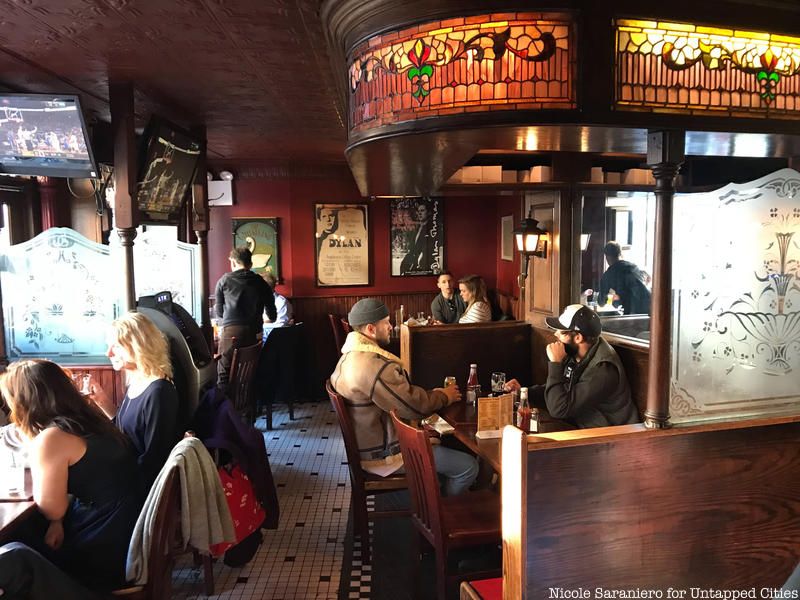
Open since 1880, the White Horse Tavern labels itself the second oldest pub in New York City. When visiting the White Horse Tavern today in the West Village, diners and drinkers will still see much of the same woodwork the Beat Generation writers laid their eyes upon. It is certified as a Poetry Landmark by the Academy of American Poets.
Since Kerouac lived across the street from the White Horse Tavern, he often drank in its historic halls. He overstayed his welcome so often, some say someone wrote “Kerouac Go Home!” above a urinal. However, other Beat Generation poets often joined him here. In one of the journals Ginsberg kept throughout his life, he wrote, “Finally {Dylan} Thomas decided to go and I closed a cab door on them, ran to other side & stuck my tongue in window at him which I immediately regretted tho’ I meant it as a friendly gesture.” This interaction ended with Ginsberg bruising Thomas. The poet frequented the tavern because it reminded him of taverns from Wales. Thomas would later collapse outside the bar after taking 18 shots of Whiskey. He died four days later in St Vincent’s Hospital. A doctor’s faulty diagnosis leaves all to wonder if Thomas died of pneumonia or alcohol poisoning.
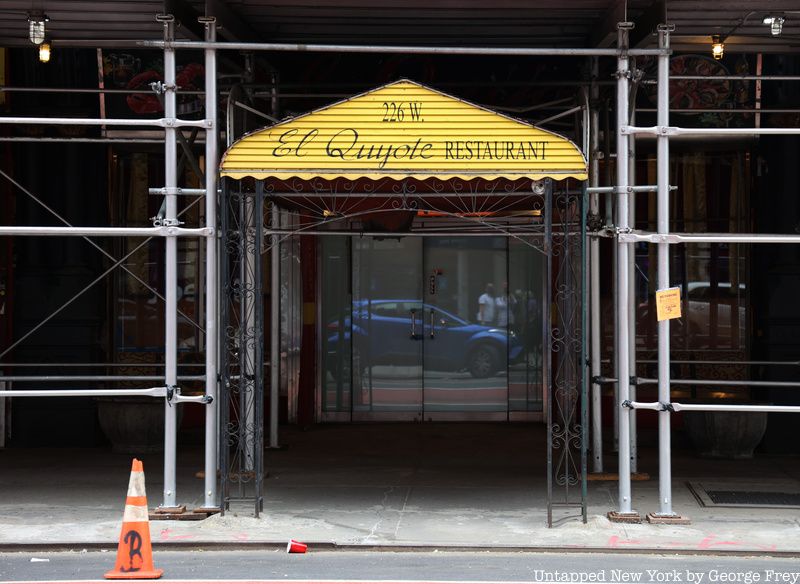
Attached to the Chelsea Hotel for decades, El Quijote Restaurant is famous for serving delicious tapas and sangria with a secret recipe. This spot in Chelsea is temporarily closed for renovations, but it once served Kerouac, Ginsberg and Burroughs. The Chelsea Hotel, which has been open since the 1880s, would only combine with El Quijote in the 1930s.
The Beat Generation writers would often hop between the locations because Kerouac and Ginsberg both lived at the Chelsea Hotel for a time. Following a day of rebellion, the writers would return to the bar at El Quijote for a drink — or many drinks.
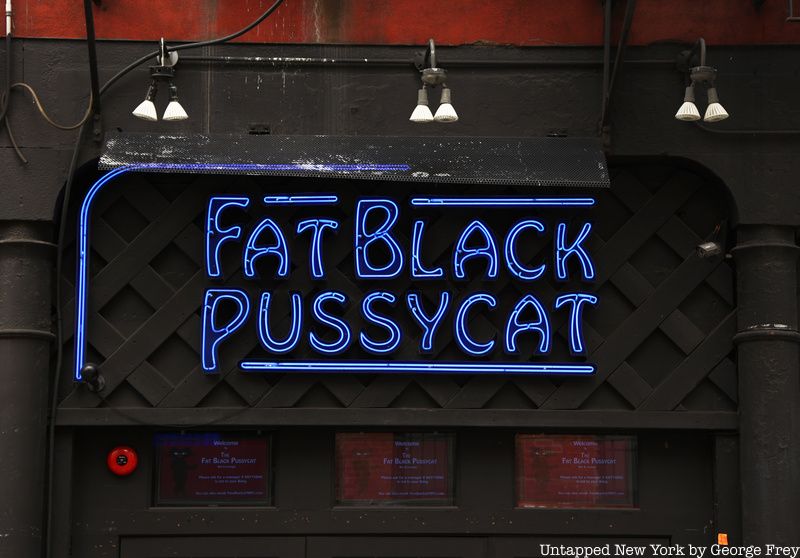
Kettle of Fish once sat above the Gaslight Cafe — a small joint where unpaid performers would share their passions. Following their set, the performers would pass around a basket that people could put money in if they liked the entertainment. Ginsburg and Corso would often share their poetry and drink at Kettle of Fish between sets. Throughout time, this bar has served others including Kerouac and eventually Bob Dylan. A neon red sign characterized the haunt for literary rebels. 1960s folk music giants took over the bar once the Beat Generation writers moved West.
Since Kerouac frequented the bar, Kettle of Fish has moved twice. It currently resides at 59 Christopher St. A comedy club called Fat Black Pussycat sits in its original location. Their neon blue sign at Fat Black Pussycat is reminiscent of the Kettle of Fish LED sign. Although relocated, the bar and its original location is immortalized in the writing of Joyce Johnson, Kerouac’s girlfriend. Johnson wrote, “In the small hours of the morning, Jack and Gregory left the bar, followed outside by two men, who beat Jack up, banging his head repeatedly against the curb and breaking his nose and his arm. To his horror, he found he lacked the will to defend himself…”
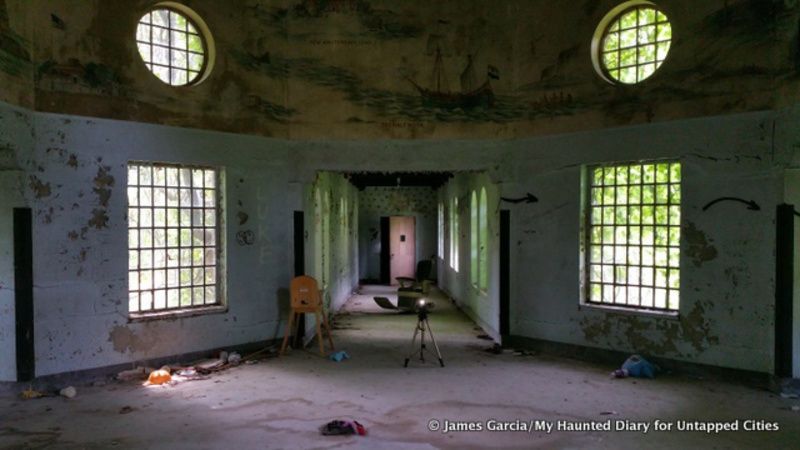
Opened in 1931, Rockland State Hospital was once named the best-planned state hospital in history. That is until patient deaths and negligence gave the hospital a brutally negative reputation. The hospital, now Rockland Psychiatric Center, still operates today. However, several abandoned buildings are strewn across the 600-acre campus.
Ginsberg references the hospital several times in his well-known epic poem “Howl.” In the final section of the poem, he repeats the line “I’m with you in Rockland” most likely because his mother spent extensive time in many psychiatric hospitals. His mother, Naomi Ginsberg, passed away in the now-abandoned Pilgrim State Hospital.
Next, check out 7 spots where you can drink as the Beat Generation did!
Subscribe to our newsletter